Plasterers are always on the look out for new products that can speed up the process or make their job a little easier or at least give your arms a little of a break.
The Plastic trowel is a very flexible, and the foam backed one is only really for flattening off and for finishing and to be honest I love my Marshalltown for putting on, and I find it comfy for laying on neatly and at a decent pace.

I have been off the tools since 2009, and I don’t get to do as much plastering as I would like to. I have done a few jobs for friends and family and due to bad health, I have not been putting on the meters I use to and this albeit frustrating for me is also a good thing because it gives me time to play around with new tools and gadgets :-).
So when a little job came up of skimming a hallway for my uncle’s business, I decided it would be the perfect time to try out my new plastic trowel. The finish didn’t have to be perfect, and if it went badly wrong I could always re do it so it was an excellent place for me to try out the plastic trowel. I was quietly positive as I have read a lot of decent feedback about them on The Plasterers Forum, so I was confident that the finish was going to be of a good standard.
I arrived at the garage and saw the job and was a little concerned with the standard of the plasterboarding and the background that I was going to have to get over. I decided that should really put a tight coat of bonding over all the walls as it was not going to be possible to get it perfect with just multi finish alone. This was the first opportunity to have a play with the plastic trowel and for flattening in it was brilliant it didn’t leave any lines and was very nice.
As soon as the bonding firmed up, I was ready to throw on the finish, I used my stainless to put on the first coat, and I am not one to gloat, but I do lay my first coat on very neat, and because I am not as quick as I use to be I decided to take my time and just enjoy it :-). I was soon using the plastic trowel to effortlessly flatten in, and I was smiling from ear to ear as I thought I had discovered gold.
Once I put the second coat on, I cleaned off the Marshalltown and put it away as I plan on finishing the wall with just plastic, and I had all the time in the world to get it right.
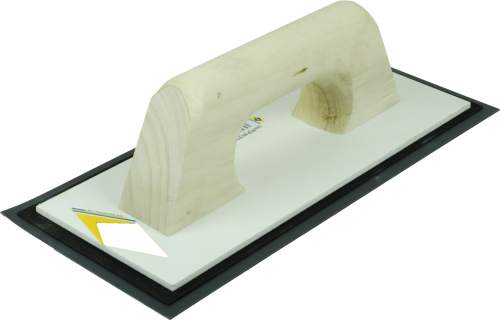
I wouldn’t say it finished the wall any quicker, but it did leave a lovely finish, and I am the type of plasterer that likes to cross trowel and doing this left a perfect finish. I was really impressed. It was very difficult not to throw water at the wall, and I have to admit did use a fair bit of water and so the wall was a little over polished. I took this down to experience.
So that was the first attempt, and I have not stopped using the plastic trowel since, well when I say I have not stopped using it, I have used it on every single job since getting it and I have even refined how I use it. I no longer use any water, I just make sure the trowel is kept very clean and then just flatten in and finish.
The Plastic blade is prone to getting damaged, and I have realised that going over beads with it is not a good way to look after the blade, so I have started avoiding the beads, and the blade doesn’t get damaged as often. Carrying a piece of 1200 wet n dry paper ensures the blade is kept damage free.
The proof that the plastic trowel finishes walls better was when I reskimmed a bedroom for an old builder friend of mine and when I finished the job, he said that the walls had a good consistent colour and there was not any water marks and generally were the best finished walls I had ever done for him.
Plastic is the way forward and making sure that you practice using it and just get your timings right, and you won’t look back, and you won’t be splashing water all over your walls or ceilings anymore. It really does clean up the plastering industry.
A lot of plasterers don’t like change, and I totally understand that, especially when you don’t have the time to practice and more importantly you probably don’t have the time or the money to get something wrong on a customer’s project, so I understand that change can be scary. However, I do strongly urge you to try out a plastic trowel, even if its just on small cupboards or a little ceiling I promise once you get the hang of it, you will love them.
I mentioned earlier that there have been lots of discussions about the plastic trowel on the Plasterers Forum, and a few members have said that because the trowels are quite flexible, you cannot get the pressure on the corners… so for example if you need to apply a bit of pressure to flatten into a corner you would struggle. I don’t see that as a problem personally as you just need to be more aware of it, and the worst case is that you have to get your trusted stainless out to flatten in the bit in the corner.
The other thing that has come up is that the blades damage easily, and this is very true, but I have started using paper binders to protect the edges and to be honest I use the same protection with my stainless trowels so for me its not a great deal different.
One thing that the plastic trowel does appeal to me with is that if I damaged my lovely worn in skimming trowel that I have spent years and years getting it to the way it is now I know that a plastic trowel is going to save the day because you don’t need to wear it in and just a couple of minutes of sanding with wet n dry. I am not saying we don’t have to look after our skimming trowels anymore, you do, but it does give you that bit of extra room if an accident does happen.
So there you have it a very long winded review of me using a plastic trowel. There are a few places you can pick up the trowels from Plasterers 1 Stop Shop is a good place to go, but I have the Refina ones which I love. Yes, they are quite expensive, but I would say that they are worth every penny.


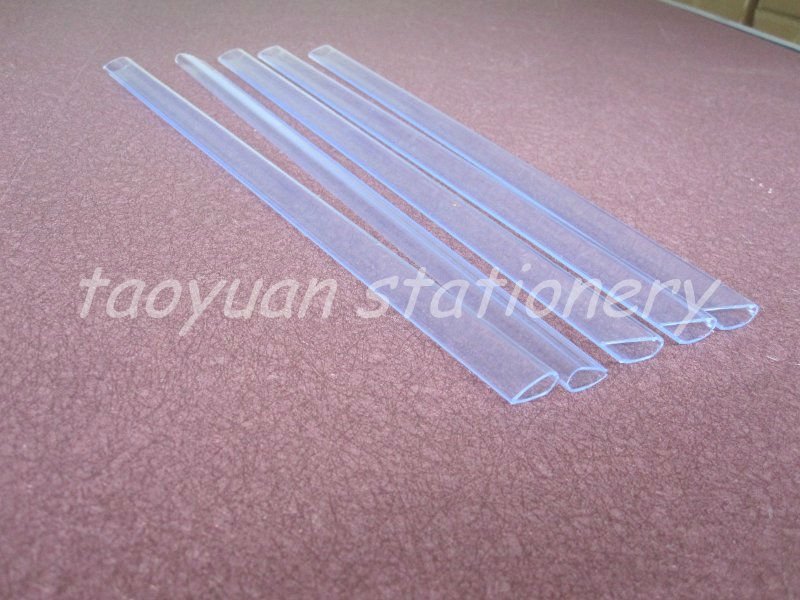
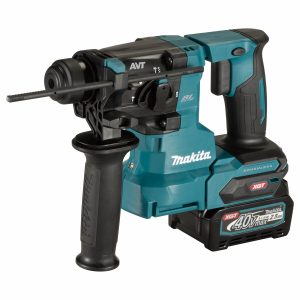
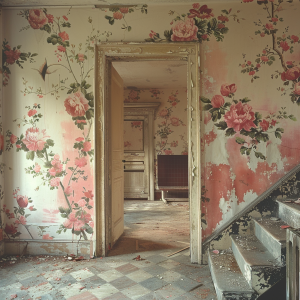

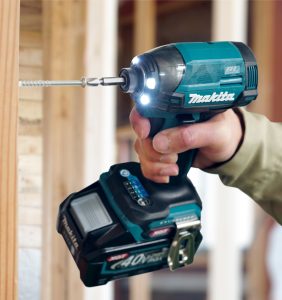




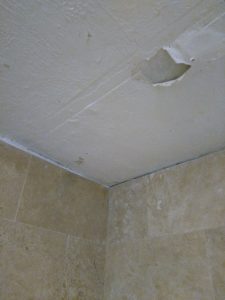
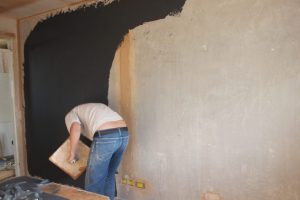
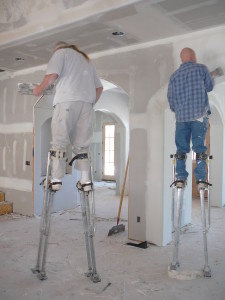
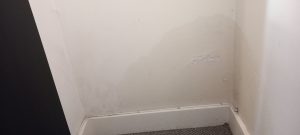
8 thoughts on “Plastic Trowels Taking The Industry By Storm”
Great for when you have put on both big and smaller gauges on. The plastic trowel can be used earlier to flatten 1st and 2nd coats which is great because leaves next to no lines. Also leaves a great polished finish .
Personally best think I’ve brought in ages!
Glad you like the Speedskim it is a very handy plastering tool 🙂 I still use my plastic trowels every tm
HI , I BEEN TOLD BY ANOTHER PLASTERER ,TO LOOK AT THIS PLASTIC TROWEL, I HAVE
JUST SEEN IT . AS I TYPE . BELIEVE OR NOT I CAME UP WITH A PLASTIC TOOL OR SUCH
AS . I USED IT AS A RULE TO LISQUARE UP COLUMNS AND RETURNS REVEALS .
I USED IT ON THE FINAL TROWEL .IT GLEAMS ALSO TAKES THE FAT OUT .. I INVENTED
THIS SMALL PLASTIC THING ..ON SITE I HAVE EVEN USED A PLASTIC DOOR ENCLOSURE
TO RULE WEBBER PRALE .. PLASTIC RULES BEEN AROUND A LONG TIME . 20YEARS OR MORE..
i meant , i use a a cavity encloser to rule up webber pral; just got a 20 ” plazitec trowel ,looks like a piece of perspex . must try that also
do not touch with a barge pole! gives a bad finish i dont use these but have heard many decorators talking about scratch’s left in work and also the work being left where the paint does not stick to it or takes to long for them to 2nd coat work. if you ask me its for site work and speed not quality!
I have never had any issues with scratches, I always carry some wet and dry when using it and the finish is perfect….
Must agree they are amazing but you do have to use at the right time .
also they are way to easy to damage .. if you hit anything on the edge it is very possible you will damage it …
good tip one guy showed me . rub the affected side of some fresh plasterboard for at least 5 mins and t will come out.